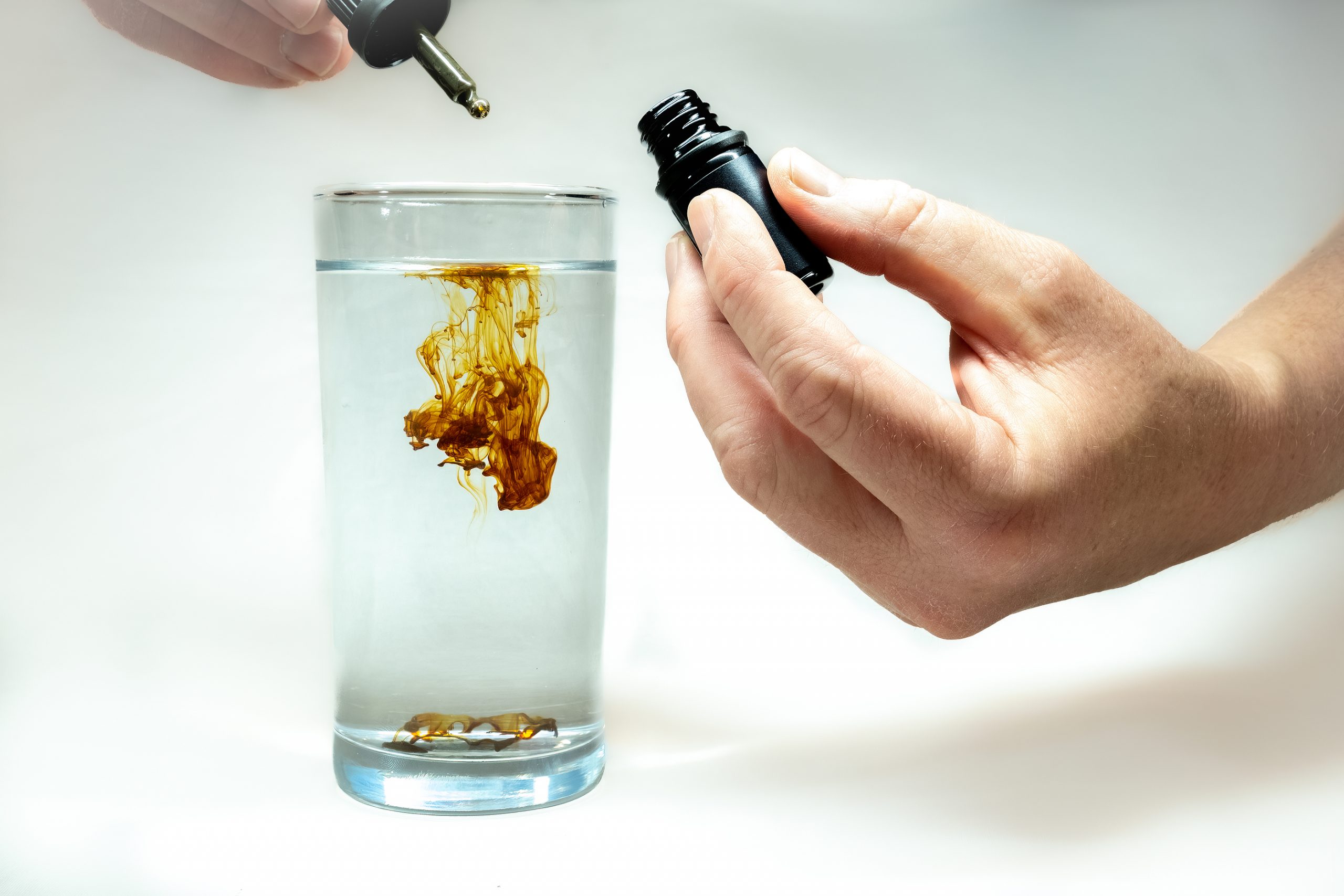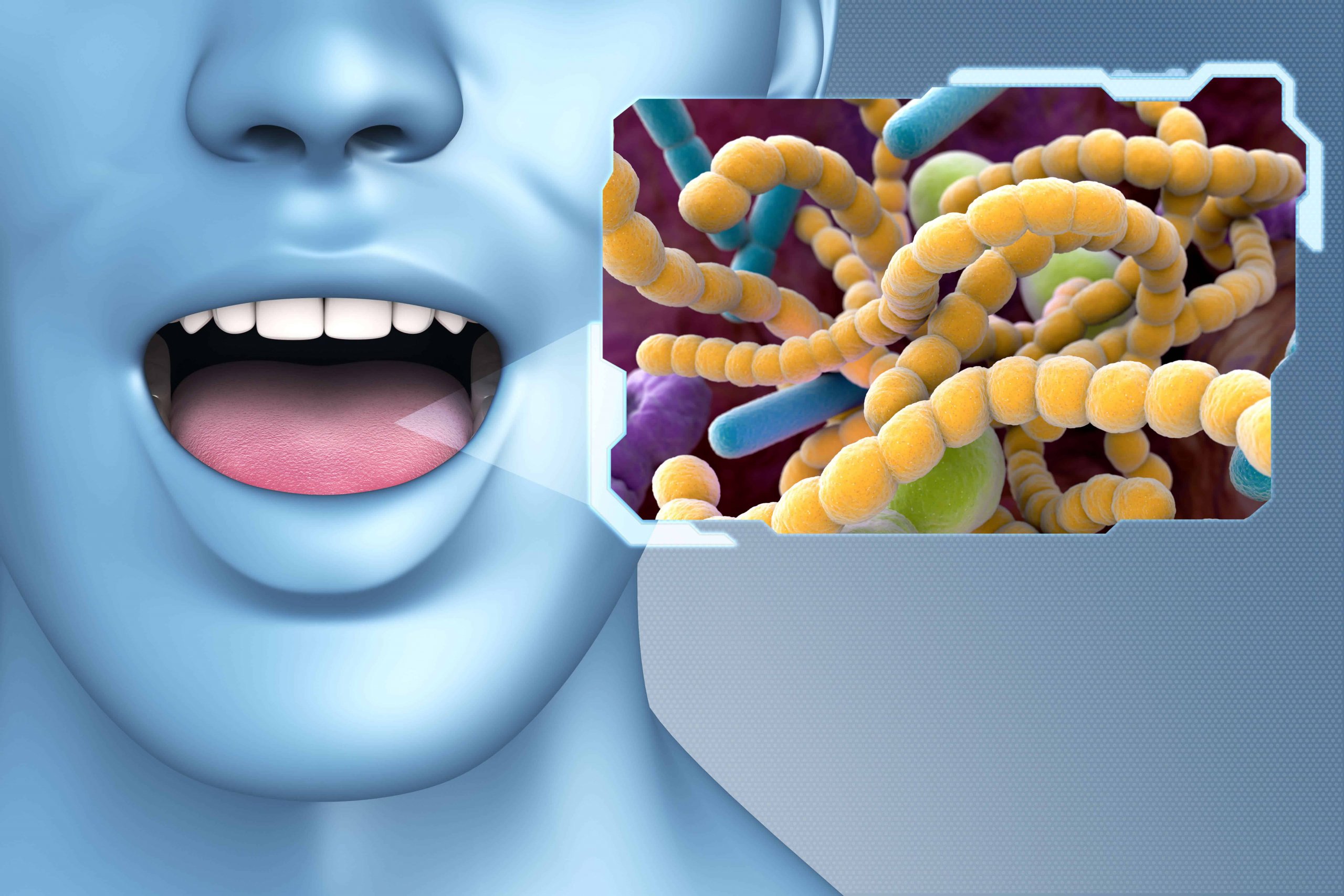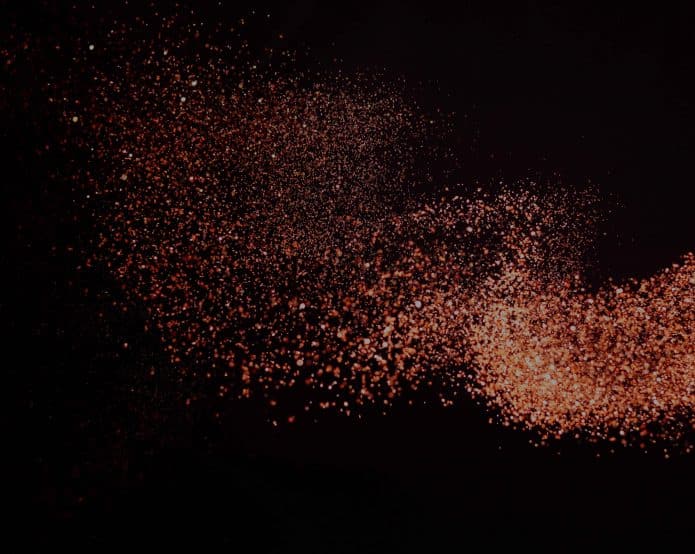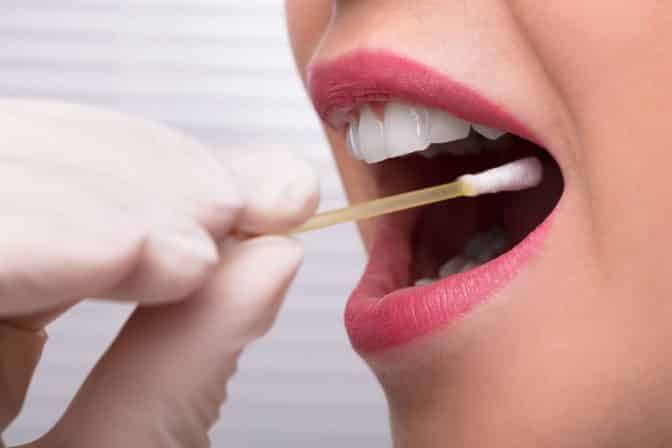Month: March 2019
Oral Health 101: What is the Biofilm?
Nano Silver vs Colloidal Silver: What’s The Difference?

Nano Silver Vs Colloidal Silver: What’s The Difference?
Silver has been used for centuries as an antimicrobial agent to kill bacteria and other microorganisms such as fungi and algae. Today modern science has found ways to use silver for oral care in the form of nano silver and colloidal silver. But what’s the difference between these two forms of silver? And which is better for oral care?
Biocompatibility
When comparing nano silver vs colloidal silver, one of the most important things to understand is what biocompatibility is. Biocompatibility means that it is safe to use and will respond appropriately in certain conditions. Biocompatibility depends on two things: the size of the particle and what is used as a capping agent. First off, colloidal silver nanoparticles are made without a capping agent. This means that they fall apart easily. Second, colloidal silver nanoparticles are inconsistent in size. On the other hand, silver nanoparticles are capped with plant extract. This makes them more stable and non–toxic to human tissue.
In addition, with advancements in technology, nanoparticles found in nano silver are more consistent in size than particles found in colloidal silver. This is one of the major benefits of nano silver, as a more consistent particle size means more consistent results.
Stability
Unlike nano silver, colloidal silver does not have the ability to stay stable in various conditions. This is because colloidal silver is made by using the physical electric model by running a current through silver wires. This results in a division of silver particles and silver ions that are without capping agents and unstable outside of water. Silver nanoparticles are stable because their plant-based capping agent keeps them from decomposing. And, they respond favorably to various environments such as salts and biomolecules. This makes a nano silver solution much more effective than a colloidal silver solution with unstable silver ions and inconsistent particle sizes.
Reaction to Biofilm
Biofilm is the layer of bacteria that builds up over the surface of your teeth, commonly referred to as plaque. How colloidal silver and nano silver solutions react to biofilm plays a crucial role in how effective they can be at penetrating the outer coating of the oral biofilm. Colloidal silver cannot be used with other beneficial agents and has a weak effect on the biofilm. Therefore, it does not do a sufficient job of protecting enamel and balancing the oral biofilm by reducing acid. Because of the benefits of Nano Silver, it can be used at much lower concentrations and can latch onto and penetrate biofilms with ease. Nano silver solutions also release silver ions directly inside the biofilm and target acid, which is beyond the capabilities of more traditional colloidal silver solutions.
The Nano Silver Solution
When comparing nano silver vs colloidal silver for oral care, it is clear to see that the nano silver solution is the best option for oral care and outweighs the colloidal silver benefits. It has been proven in studies to be more effective than colloidal silver at killing bacteria. Nano silver is also faster-acting and requires lower concentrations than colloidal silver to achieve the same results. So if you’re looking for an oral care product that will give you the best possible protection against bacteria, our line of nano silver products is the way to go.
Oral Health 101: Saved by Saliva
Every day we wear down on our enamel but luckily every day tooth remineralization happens naturally. Through no immediate action of our own, our body works with us to promote a healthy oral environment. So how is it done? Saliva. The best and most natural medium for remineralization is naturally produced by your mouth.
Every day saliva removes bacteria and other substances from your teeth and your gums. But the work of saliva doesn’t stop there, it also acts as added protection against the acid that tries to wear away at your enamel and cause tooth decay. Saliva also protects oral tissue and directly effects certain bacteria by changing their ability to release acid. Again, helping to prevent tooth decay. The benefits keep on coming because saliva also prevents bad breath by keeping certain bacteria away.
The quality and quantity of your saliva directly influence the process of demineralization and remineralization.
You have control over the type of saliva that you produce. Sometimes as you get older you produce less saliva, which means less protection against bacteria. But eating food, drinking water or chewing gum can help stimulate saliva production. Check a popular choice when it comes to senior care in California. By increasing your overall salivary flow and your saliva’s antibacterial capacity you will help your teeth remineralize and prevent your enamel from wearing away.
Learn more about the pH of your mouth and the oral health benefits of Nano Silver.
Shop Oral Care Products


